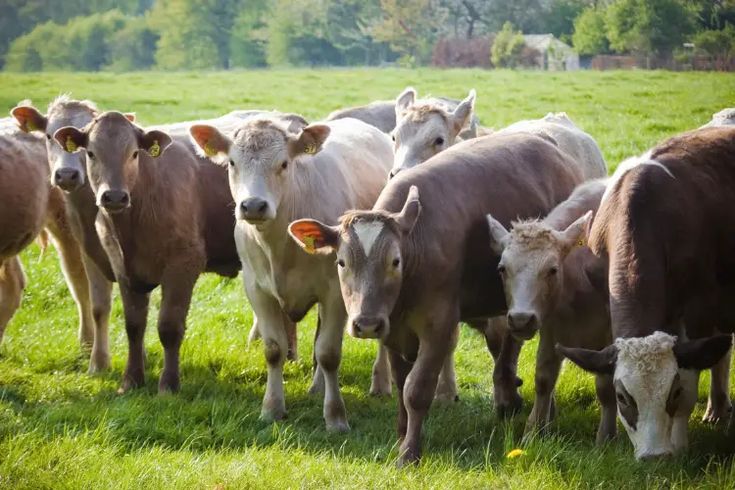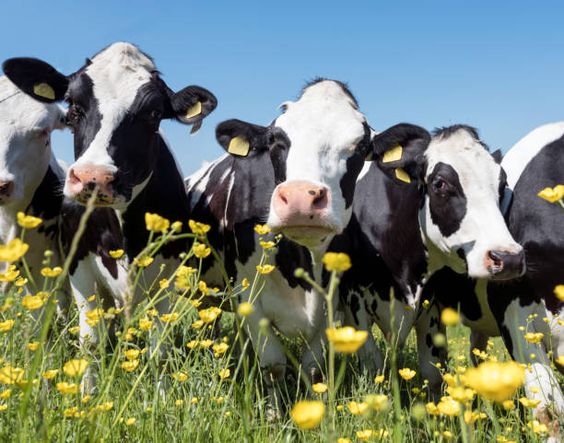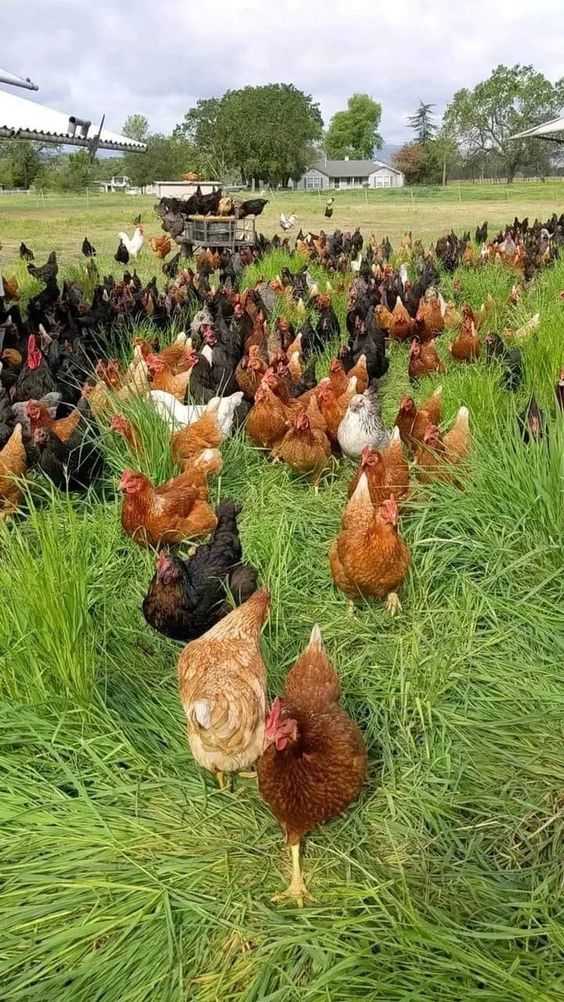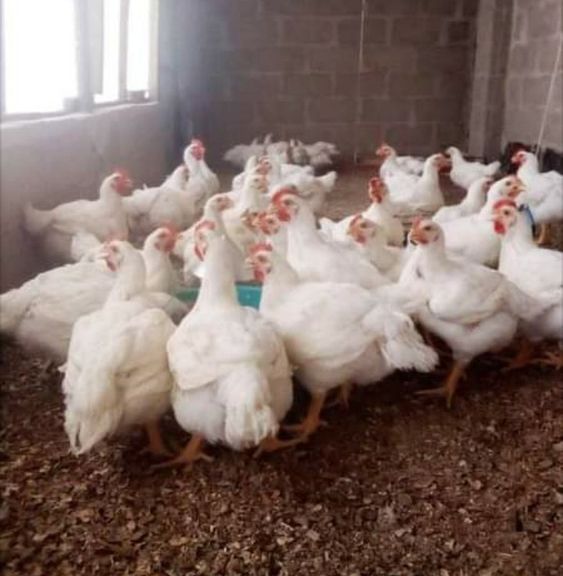Livestock Marketing Strategy: A Comprehensive Guide to Selling Your Animals
Livestock Marketing Strategy,The success of any livestock operation hinges on a well-defined marketing strategy. Just like raising healthy animals requires careful planning and execution, selling them at the right price and to the right buyer demands a strategic approach. This guide delves deep into the world of livestock marketing, equipping you with the knowledge and tools to navigate the intricacies of the market and maximize your returns.
Livestock Marketing Strategy
Livestock Marketing Strategy encompasses the entire process of selling your animals, from identifying potential buyers to negotiating a fair price and finalizing the transaction. It involves a multifaceted approach that considers various factors like:
- Animal type and quality: Different breeds and qualities of livestock cater to specific market segments. Understanding the unique selling points of your animals is crucial.
- Market trends: Staying abreast of market fluctuations, supply and demand dynamics, and price forecasts is essential for informed decision-making.
- Marketing channels: Selecting the most appropriate selling avenue, whether through auctions, direct sales, or online platforms, depends on your target market and objectives.
- Negotiation skills: The ability to effectively negotiate a fair price is paramount in securing optimal returns.
Benefits of a Strategic Approach
Investing time and effort into crafting a robust Livestock Marketing Strategy offers a multitude of benefits for your livestock operation:
- Increased profitability: By understanding market trends and selecting the right selling channels, you can maximize the value you receive for your animals.
- Reduced risk: A well-defined strategy helps you anticipate market shifts and adjust your approach accordingly, mitigating potential losses.
- Enhanced buyer relationships: Building strong relationships with buyers fosters trust and loyalty, potentially leading to repeat business and better pricing.
- Improved efficiency: Streamlining your marketing efforts through proper planning saves time and resources, allowing you to focus on other aspects of your operation.
Defining Your Marketing Objectives
Before diving into specific strategies, it’s vital to establish clear objectives for your marketing efforts. Here are some key questions to consider:
- What type of livestock are you raising? (beef cattle, dairy cows, poultry, swine, etc.)
- What is your target market? (local buyers, processors, exporters, etc.)
- What is your desired sales volume? (one-time sale, ongoing partnership, etc.)
- What price point are you aiming for?
- How quickly do you need to sell your animals?
By answering these questions, you can tailor your strategy to achieve your specific goals.
Exploring Marketing Strategies: A Toolbox for Success
Now that you grasp the core principles of Livestock Marketing Strategy, let’s explore a range of practical strategies to implement:
- Know Your Product: Before venturing into the marketplace, thoroughly understand the strengths and weaknesses of your livestock. Factors like breed, weight, age, health, and any special certifications significantly impact marketability.
- Market Research is Key: Regularly conduct market research to stay updated on price trends, consumer preferences, and competitor activity. Utilize resources like industry publications, agricultural extension services, and online market reports.
- Choose the Right Selling Channel: The optimal selling channel depends on your livestock type, target market, and sales volume. Here are some common options:
- Auction Markets: Traditional avenues offering immediate exposure to multiple buyers but potentially lower control over pricing.
- Direct Sale Livestock Marketing Strategys: Establishing relationships with processors, feedlots, or individual buyers can offer better control and potentially higher prices.
- Video Auctions: Online platforms showcasing your animals to a wider buyer base, often with pre-bidding options.
- Producer Associations: Breed-specific associations often host sales events catering to targeted buyers.
- Embrace Technology Livestock Marketing Strategy: Utilize online platforms and social media to showcase your animals, connect with potential buyers, and stay informed about market trends. Consider creating a website or using online auction platforms to expand your reach.
- Invest in Presentation: First impressions matter. Ensure your animals are well-groomed, healthy, and presented in a professional manner, whether at an auction or during a farm visit.
- Build Buyer Relationships: Cultivate trust and rapport with potential buyers by providing accurate information, transparent communication, and excellent customer service.
- Negotiation is an Art: Develop strong negotiation skills to secure the best possible price for your animals. Research market values, be confident in your product, and be prepared to walk away if the offer doesn’t meet your bottom line.






